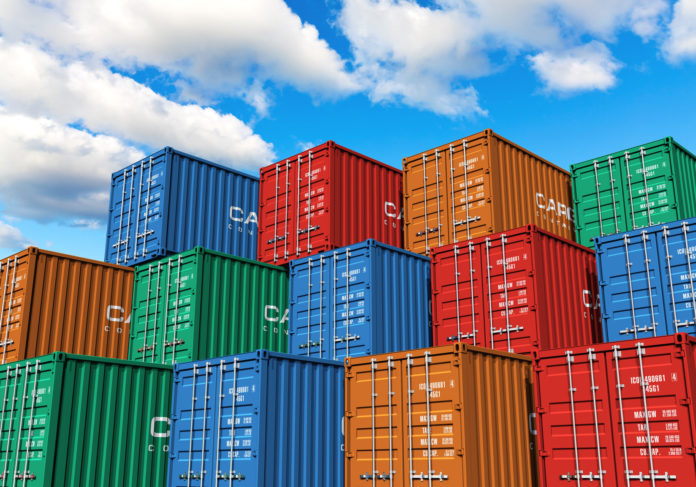
You must have seen trucks on the roads, carrying long, corrugated metal boxes called “containers”. In fact, we routinely refer to these as “container trucks”. All these similar looking boxes are the same size and have some numbering on them — like some sort of a barcode. Their simple design, inexpensive construction and standardisation has changed the face of global trade.
But it was not always this way. Till the 1950s, cargo, which today goes into a container, was packed into boxes, bales, crates, trunks, rolls, barrels and other such packaging. It would obviously take an army of men to load such a cargo onto a ship. Today, a crane can lift a container off the jetty and place it on a ship in a matter of seconds. Imagine that same container existing as five hundred separate boxes! Now imagine thousands of such containers. Hence, huge numbers of men were needed to load and offload cargo from ships, and the amount of time taken was huge. Today, a container ship can offload its entire cargo of around two thousand containers in one single day. In the days before the shipping container, the same amount of cargo would take a month to offload.
Surprisingly, it was the innovative thinking of one single person, Malcolm McLean, that led to this revolution! McLean ran a trucking firm in the United States of America, and the goods he carried would take ages to load onto and off a ship. While at New York one day in 1937, he was exasperated by the days upon days it took to load cargo onto a ship bound for Istanbul, Turkey. It was a problem that pre-occupied his mind for many years afterwards.
After the Second World War, the United States Navy was selling off its surplus stock of supply vessels and other boats which were built for the war. Malcolm McLean purchased an oil tanker named Potrero Hills and converted it into a ship fit for carrying containers. Fifty eight containers containing cargo were loaded onto the ship. These containers were quite different from the ones we see today. They were in fact truck chassis, disconnected from the driver cabin. The little ship sailed from New Jersey in April 1956 and reached Houston six days later. Here, the truck chassis were offloaded, connected to new driver cabins and driven off! In one stroke, McLean had eliminated thousands of men and hours from the logistics calculation! The ship was called the ‘Ideal X’. He set upon a new plan, designing containers that would be able to stack one on top of the other, something that could not be done with truck chassis.
Read the full article here.





